This article presents some of Copenhagen’s hidden gems, as experienced by local photographer and author Allan Mutuku Kortbæk as part of his newly-published book, “Like a Local, Copenhagen – by the people who call it home”.
Beyond the well-documented facades of Nyhavn and the picture perfect cherry-blossoms of the Bispebjerg Cemetery in Springtime, Copenhagen is a city teeming with surprises at every corner. In a place that’s constantly reinventing itself, these may seem few and far between, if not hard to find amongst the more well-known aspects of the Scandi capital of cool. Here are eight things about Copenhagen known only by its locals.
Winter bathing feels even more special by La Banchina
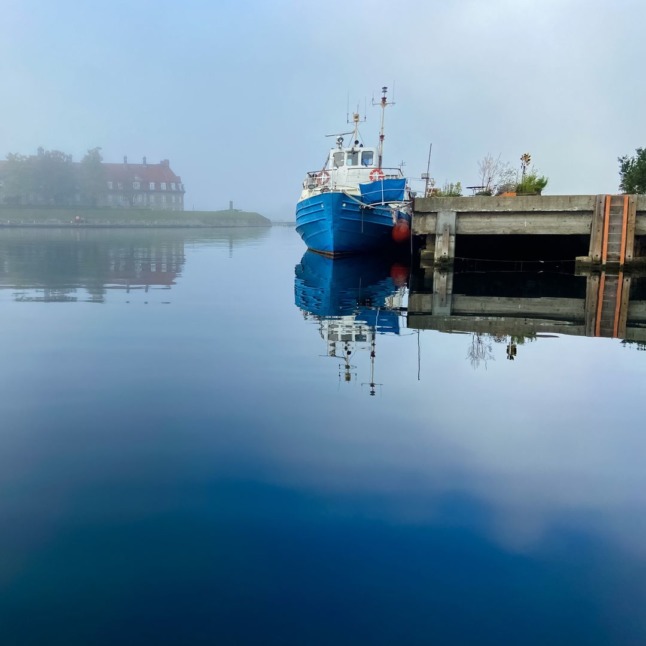
Winter bathing has become common practice for many a Copenhagener, myself included, over the past years of lockdowns and interruptions to everyday life. Of the numerous water holes in the city, the quaint spot by La Banchina, on the island of Refshaeleøen, stands out as a stunning place to take a dip, particularly early in the morning when you’re likely to have it all for yourself.
Check out badevandet.dk (or download its app) to see if the water quality permits swimming (which it usually does, except after prolonged downpours.)
Copenhagen has a savannah
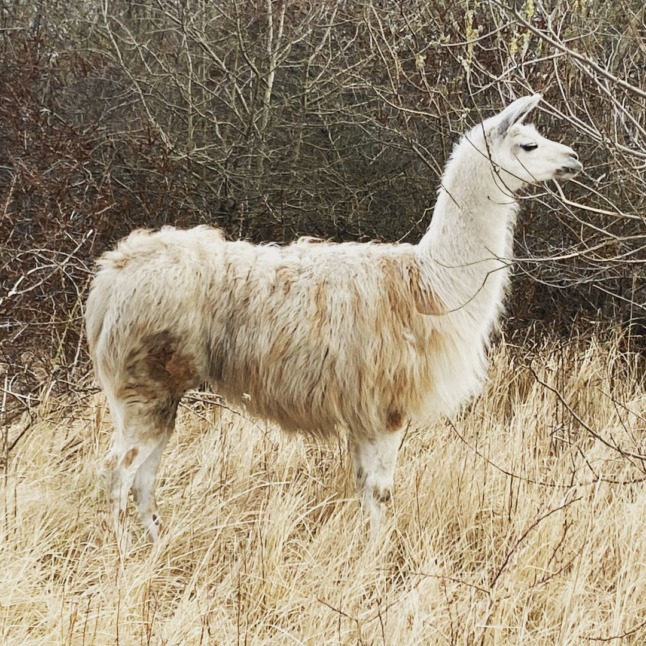
Thorny trees, shrubland and long, wispy grass may trigger associations of the African Savannah, if only the temperature wasn’t a few degrees below zero. You won’t find lions nor gazelles here, though – herds of alpacas and sheep are the only beasts that roam this hardened terrain but given that Sydhavnstippen is only 10 minutes away from Vesterbro by bike, the whole place does seem quite special.
The best way to see the city is from the water

We all know Copenhagen from its bike lanes and roads but sink a level lower and see it in its full glory from its vast waterways. A canal tour or a rented boat could do the trick – or better yet, rent or buy a stand-up paddle board and see it all at your own pace. A suggested route would be to start off in the modern-day Venice that’s known as Sydhavn – passing through the sluice (Slusen) and veering round Sydhavnstippen to the newly-opened Valby Beach in Valby Park.
Autumn can be amazing
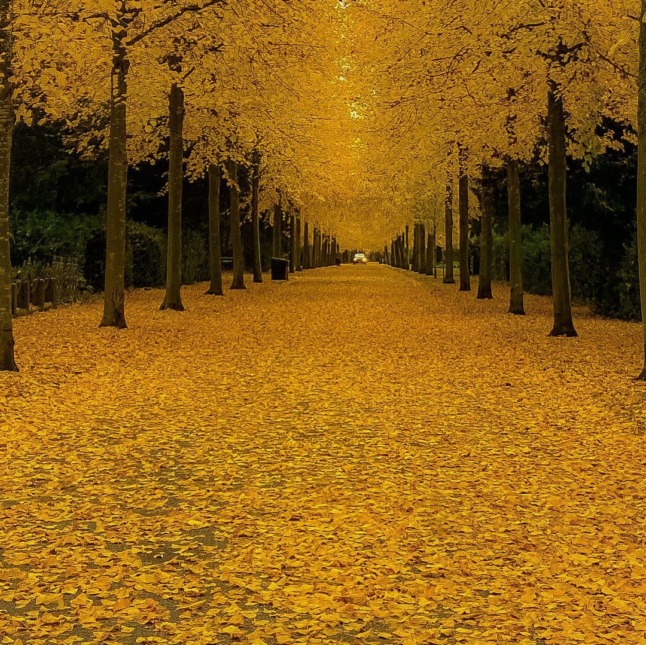
Copenhagen’s long, rainy, dark winters have been well-documented in many a description of the city but it’s not all doom and gloom. The peak of the autumn, despite being brutal on the hands and feet, is a great time of year to wander through the parks of the city and see them draped in a kaleidoscope of warm shades; from blood red to screaming orange and everything in-between.
The alleyways of the Vestre Kirkegård Cemetery, just north of Vesterbro, are particularly vibrant during this fleeting time of year.
The train yards by Vesterbro won’t be around for much longer

The grungy train yards that flank the train tracks that run parallel to Ingerslevsgade, starting at Dybbølsbro are one of the last bastions of space unconquered by Real Estate. That’s about to change though, as the Danish Train Operator, DSB have decided to sell 22 hectares of this undisturbed oasis of quaint yellow houses which, in all likelihood will become another modern housing or property development initiative that won’t quite do justice to this historical, well-kept secret.
Take a stroll around the area to take it all in and stop by the newly-opened Banegaarden – an outdoor space in a ranch-like setting that combines stalls selling mostly organic produce, an outdoor cinema in the summer and a leafy area populated by berries, a hen coop and shrubbery (most easily accessed by the pedestrian / bike only tunnel that links this verdant space to Enghavevej.)
Bike further out for the best experience

While it sounds like a no-brainer, the experience of biking in Copenhagen is definitely amplified by a ride beyond the city limits – in clean air, amongst natural surroundings. One of my favourite routes is to leave Copenhagen through Sydhavn before veering right and along the water by Kalvebod Fælled (Kalvebod Common). Some of the route traverses water on both sides (the sea on your right and wetlands teeming with birdlife on your left.)
For a potent dose of architecture, check out the area around DR Byen
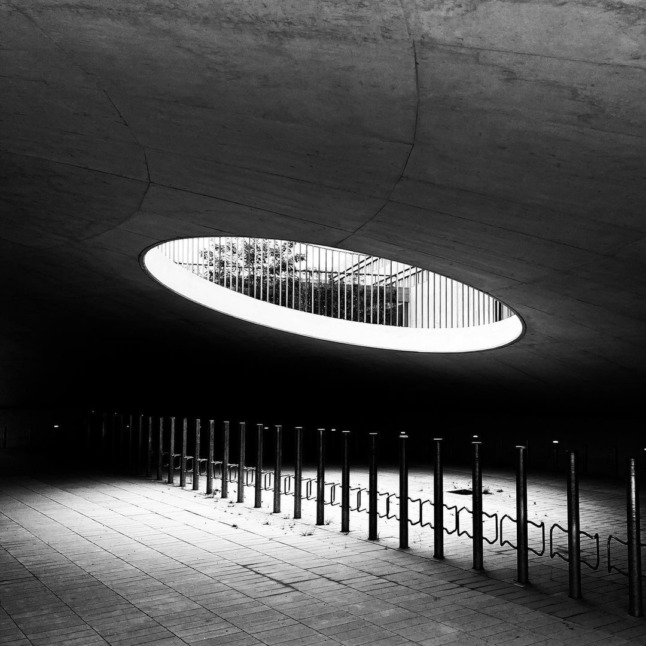
Copenhagen is a paradise for architecture lovers who can feast their eyes on everything from archaic coloured row houses to modern glass buildings that give off the most futuristic of vibes. One of my favourite areas to explore is the landscape around the DR concert house, the home of Denmark’s national broadcaster, before moving further along to the epic underground bike parking space just before you approach the colosseum-like structure that is Tietgenkollegiet.
Next time you’re near the round tower, make sure you also check out the old tannery

The Round Tower has no shortage of admirers and with good reason. Not too far away, however, on your right – in an inconspicuous yard just after the junction between Skindergade and Købmagergade, you’ll find a slice from the past that is an absolute treat for the eyes as you look up at it from below. Four generations of tanners have practiced their trade in this orange ochre-coloured, panache -oozing building.
About the author/further exploration

Allan Mutuku Kortbæk is a Vesterbro-based marketeer, freelance photographer, travel journalist and author.
Follow him on Instagram for more tips and tricks from Copenhagen and around the world and check out his newly-published book, Like a Local, Copenhagen – by the people who call it home, available locally, here, or via Amazon.
You are also welcome to listen to his podcast episode about Copenhagen, teeming with more insider info about what to see and do in the city, here – or simply join him on his perfect day through the city in this short video.


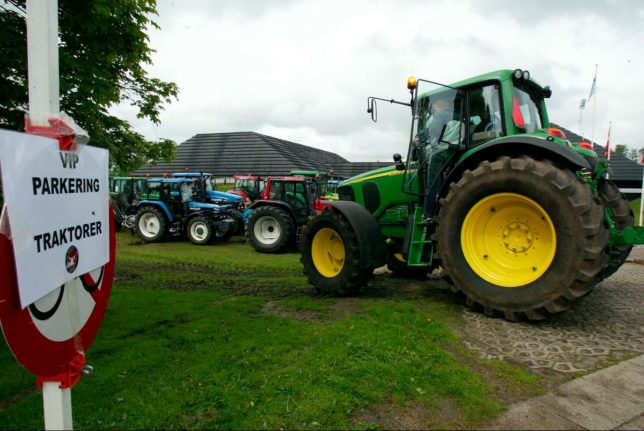
 Please whitelist us to continue reading.
Please whitelist us to continue reading.
Member comments